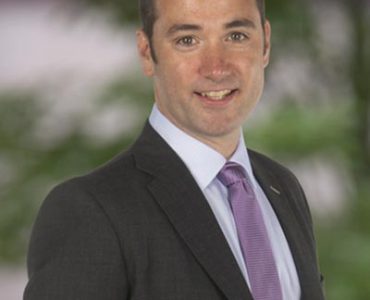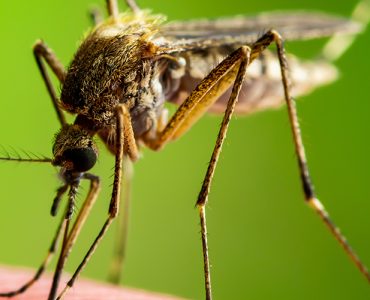Janette Harro, PhD, has learned through a dozen years of tedious trial and error the virtue of patience, especially in the world of vaccine research.
We’ve all heard the stories of someone who went in for a surgical procedure, then fell victim to a deadly staph infection. Harro explains that the culprit often is a bacterium known as Staphylococcus aureus (S. aureus), which has the capability to congregate and thrive at incision sites, for example, as well as where catheters are placed and even on implanted devices such as pacemakers, surgical rods, and artificial hips and knees.
The Centers for Disease Control and Prevention estimates that there are some 1.7 million health-acquired infections (HIAs) annually, 99,000 resulting in death, and that S. aureus accounts for one-third of those.
Now Harro, an assistant professor in the University of Maryland School of Dentistry’s (UMSOD) Department of Microbial Pathogenesis, is part of a scientific team that has developed an experimental vaccine that shows promise in protecting these patients post-surgery.
Preliminary findings show that the candidate vaccine protects 66 percent of rabbits infected with S. aureus and up to 80 percent of mice. Their findings were published this year in Infection and Immunity, a journal of the American Society for Microbiology.
In theory, if patients undergoing surgery are vaccinated before their procedure, they too will be at lower risk of a staph infection caused by S. aureus. The bacterium is extremely resilient against antibiotics, and patients are more and more vulnerable the longer they are hospitalized. Researchers hope that a vaccine would protect a person for many years.
Just as it’s taken close to 15 years for the research to progress this far, it will take longer still. So far, the candidate vaccine has only been tested in animals. Next steps will be to further validate its efficacy, study side effects, and test in humans.
A Pennsylvania native who lives in York, Pa., Harro says it was her experience in Mark E. Shirtliff’s lab — starting in 2008 — that inspired her to earn her PhD from the University of Maryland and to specialize in the niche of biofilms, the thin slimy film created by the S. aureus bacterium.
Shirtliff was a PhD professor who published extensively in the field prior to July 2018, when he died after a whitewater rafting accident. Harro estimates that there have been more than a dozen researchers involved in the S. aureus research over more than a dozen years.
“This is Mark’s legacy,” she says, “and there has been a lot of effort by a lot to people to get it to where it is today. I think that most scientists are very patient. I think you have to be. And I think with COVID, more and more people truly appreciate the time that goes into vaccine development and into the process of finding something that’s functional and protective.”
Harro says she’s most excited about the potential that the candidate vaccine has for translational research, making a real difference in the clinical setting and watching her team’s work move from bench to bedside. “I think that’s always exciting,” she says.




